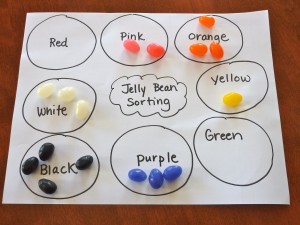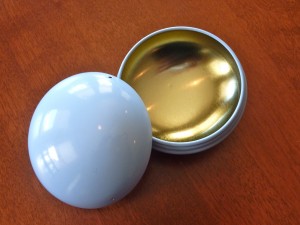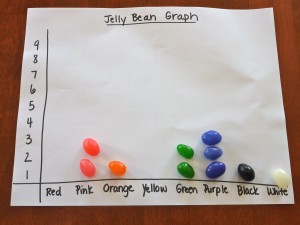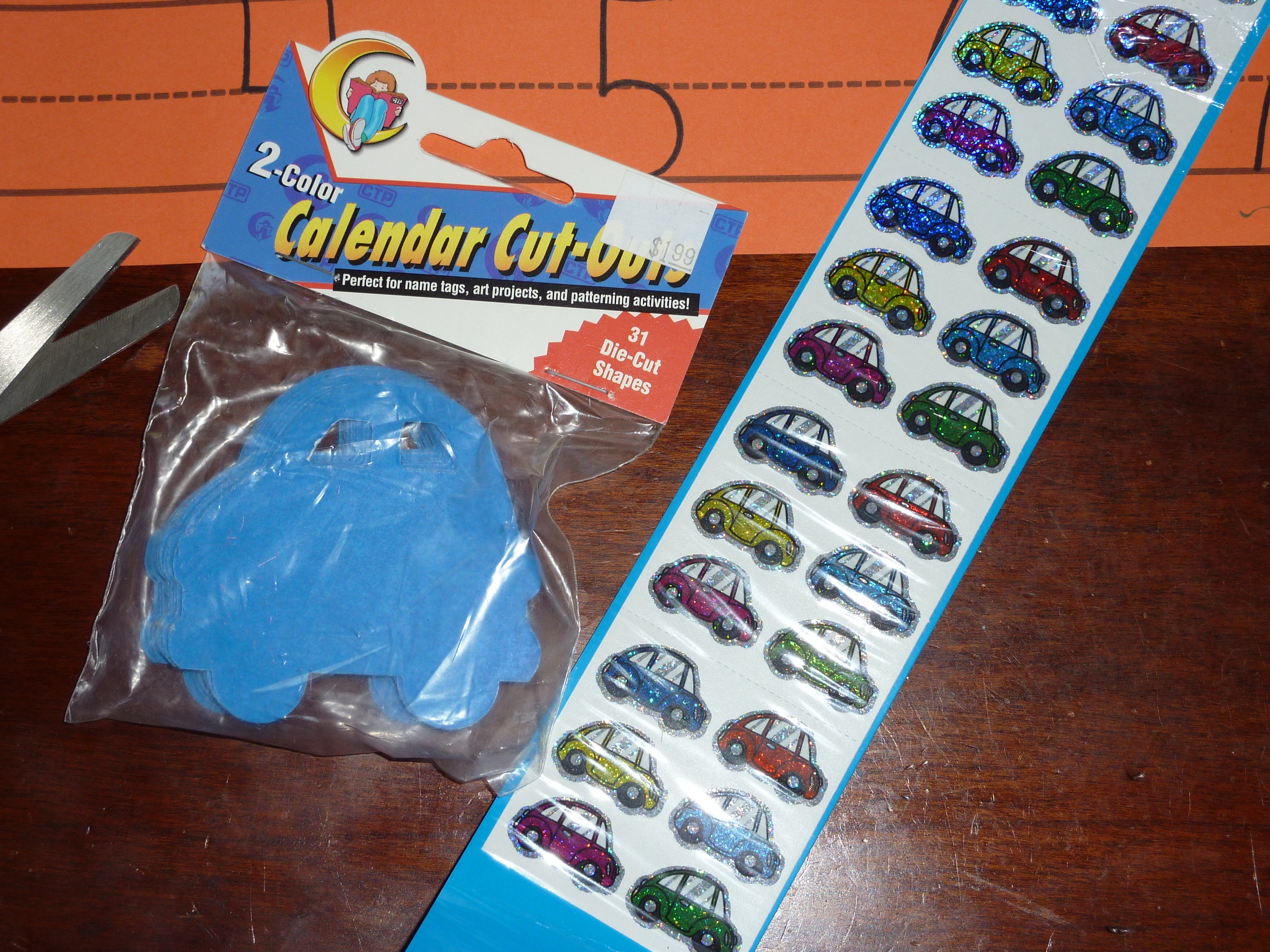I was at our grocery store and found these different colors of Easter grass.
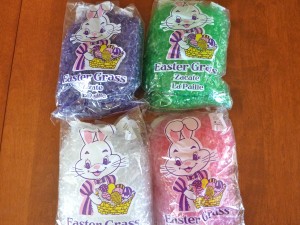
I purchased them not for our Easter baskets but rather to use in My Obstacle Course along with tweezers or tongs for fine motor skill building. While Andrew’s handwriting is really improving, we still need to build his pencil grasping muscles and tweezers are a great tool to use for this. Since Easter is just around the corner and I like to use things that are thematic and seasonal, I bought some jelly beans to put in the grass for him to get out.
I always try things out before putting them into the Obstacle Course so I know what he is going to be experiencing. This activity requires more pinching pressure to grab the jelly bean, which is going to help him build those finger and hand muscles. If this is too difficult for your child, use something that is larger, like ice-cube tongs or switch the jelly beans with colored marshmallows.
My Obstacle Course Station Activity: Jelly Bean Tweezing
Set Up:
I used an old baking tray…

and placed some grass in, spreading it out so it wasn’t just one big clump.

I put some jelly beans in…

set out the tweezers and it is set!

At The Station:
Your child will use the tweezers to grab the jelly beans out of the grass. You could work on color recognition by having your child hunt for a certain color or choose a certain number you’d like them to find, especially if this is challenging for them.


You could provide a container for them to place the jelly beans in after they find them. I may even use a different color grass in another bowl to make a nest for the pretend play add-on I describe below.
Pretend Play:
Activities like this one also lend themselves to a bit of pretend play. We have pretended that these were bird eggs that fell out of the nest onto the ground and we have to get them back to the nest before the mother bird returns. Get creative and have some fun!

Engage, Encourage and Empower!

